Categories
Recent Posts
- Manyu Division: Ma Nchong Stella is the new Ekandim Nkanda of Ntenako
- CPDM Crime Syndicate: Biya’s acolytes expected to fill bureau vacancies
- Yaoundé spent CFA311bn on interest payments for central government debt in 2024
- President Putin begins biggest Russian military call-up in years
- Niger’s junta withdraws from Lake Chad anti-Boko Haram force
Archives
- April 2025
- March 2025
- February 2025
- January 2025
- December 2024
- November 2024
- October 2024
- September 2024
- August 2024
- July 2024
- June 2024
- May 2024
- April 2024
- March 2024
- February 2024
- January 2024
- December 2023
- November 2023
- October 2023
- September 2023
- August 2023
- July 2023
- June 2023
- May 2023
- April 2023
- March 2023
- February 2023
- January 2023
- December 2022
- November 2022
- October 2022
- September 2022
- August 2022
- July 2022
- June 2022
- May 2022
- April 2022
- March 2022
- February 2022
- January 2022
- December 2021
- November 2021
- October 2021
- September 2021
- August 2021
- July 2021
- June 2021
- May 2021
- April 2021
- March 2021
- February 2021
- January 2021
- December 2020
- November 2020
- October 2020
- September 2020
- August 2020
- July 2020
- June 2020
- May 2020
- April 2020
- March 2020
- February 2020
- January 2020
- December 2019
- November 2019
- October 2019
- September 2019
- August 2019
- July 2019
- June 2019
- May 2019
- April 2019
- March 2019
- February 2019
- January 2019
- December 2018
- November 2018
- October 2018
- September 2018
- August 2018
- July 2018
- June 2018
- May 2018
- April 2018
- March 2018
- February 2018
- January 2018
- December 2017
- November 2017
- October 2017
- September 2017
- August 2017
- July 2017
- June 2017
- May 2017
- April 2017
- March 2017
- February 2017
- January 2017
- December 2016
- November 2016
- October 2016
- September 2016
- August 2016
- July 2016
- June 2016
Featured
Most Commented Posts
 4 Anglophone detainees killed in Yaounde
4 Anglophone detainees killed in Yaounde
18 comments Chantal Biya says she will return to Cameroon if General Ivo Yenwo, Martin Belinga Eboutou and Ferdinand Ngoh Ngoh are sacked
Chantal Biya says she will return to Cameroon if General Ivo Yenwo, Martin Belinga Eboutou and Ferdinand Ngoh Ngoh are sacked
13 comments The Anglophone Problem – When Facts don’t Lie
The Anglophone Problem – When Facts don’t Lie
12 comments Anglophone Nationalism: Barrister Eyambe says “hidden plans are at work”
Anglophone Nationalism: Barrister Eyambe says “hidden plans are at work”
12 comments Largest wave of arrest by BIR in Bamenda
Largest wave of arrest by BIR in Bamenda
10 comments
Latest Tweets
Error: access keys missing in Themify > Settings > Twitter SettingsFeatured
-

Manyu Division: Ma Nchong Stella is the new Ekandim Nkanda of Ntenako
-
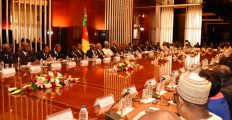
CPDM Crime Syndicate: Biya’s acolytes expected to fill bureau vacancies
-

Yaoundé spent CFA311bn on interest payments for central government debt in 2024
-

President Putin begins biggest Russian military call-up in years
-

Niger’s junta withdraws from Lake Chad anti-Boko Haram force
-

Former Nigerian head of state Obasanjo to invest $700mln in Kribi
-

Biya’s Succession: Catholic bishops urge electoral reform ahead of presidential election
© Cameroon Concord News 2025

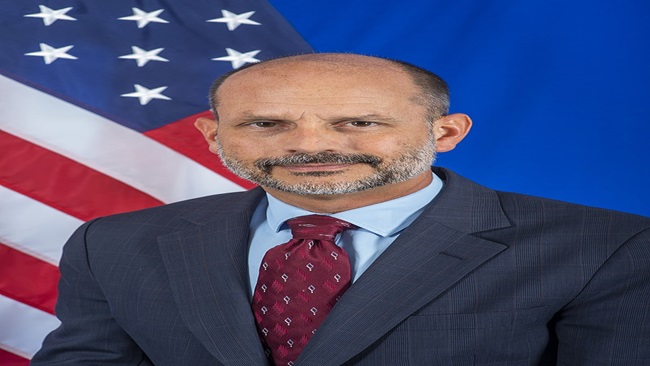
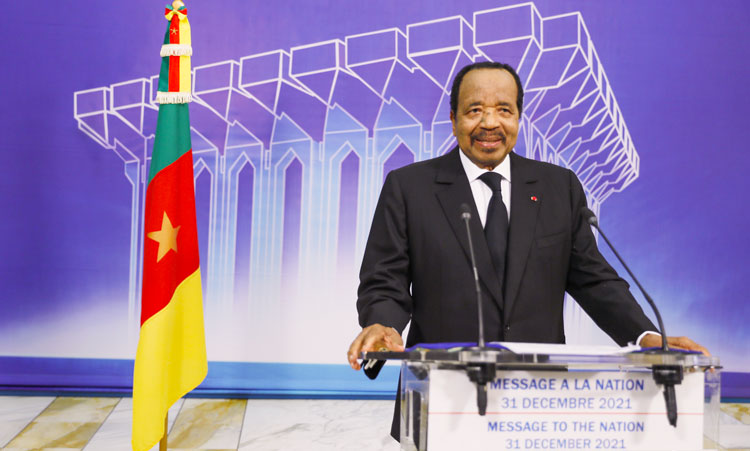
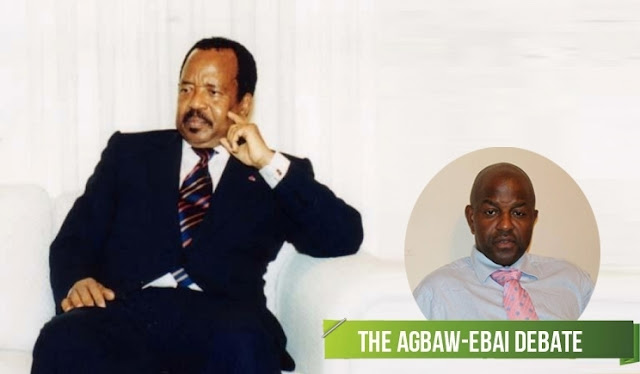
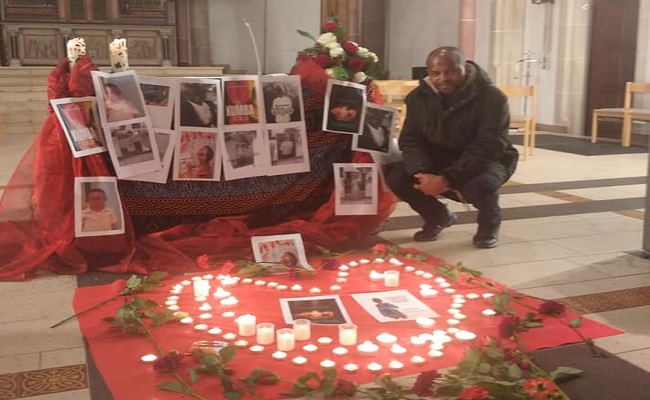
31, August 2018
Sensing threats from the West, Russia prepares to flex its military muscle 0
Russia this week announced the upcoming launch of its largest military exercises since the end of the Cold War, involving some 300,000 troops. The message seems clear: Russia feels under threat and will do what it must to protect itself.
The Vostok-2018 (East-2018) operation will be launched in Russia’s central and eastern military districts from September 11 to 15 and is set to mobilise around 300,000 troops, more than 1,000 military aircraft and two naval fleets, Defence Minister Sergei Shoigu said on Tuesday. The exercise will also involve forces from China and Mongolia’s militaries.
Shoigu painted a picture of a vast military operation that will closely mirror combat conditions. “Just imagine that 36,000 pieces of military hardware are simultaneously in motion: These are tanks, armoured personnel carriers, infantry fighting vehicles and, all this is, naturally, in conditions close to a combat environment,” hetold journalists.
Asked at a press briefing why the Vostok-2018 exercises will be so massive, Kremlin spokesman Dmitri Peskov expressed the Russian view that it remains under threat from international actors and thus has no choice but to prepare on a grand scale.
“The country’s ability to defend itself in the current international situation, which is frequently quite aggressive and unfriendly toward us, is absolutely justified and has no alternative.”
Russia’s ministry of defence announced Thursday that it would also be holding a week of naval exercises in the Mediterranean Sea starting September 1. Some 25 vessels and 30 aircraft are slated to take part, according to Russia’s TASS news agency, with exercises including anti-aircraft, anti-submarine and anti-mining operations.
The upcoming mobilisation comes a year after Russia’s Zapad-2017 (West-2017) exercise, conducted jointly with Belarus. According to NATO, up to 70,000 troops participated in those training missions. The 300,000 forces committed to Vostok-2018 thus mark a sharp increase in the numbers Russia is willing to mobilise for its annual strategic exercises, a practice it revived in 2008.
“This is a PR coup from Moscow to showcase large troop displacements and preparedness,” said Mathieu Boulègue, a research fellow in the Russia and Eurasia Programme at Chatham House who specialises in Russian military and defence matters. Chatham House is an independent policy institute based in London.
These exercises have two main goals, according to Boulègue. First, Vostok-2018 is aimed at highlighting Russia’s strategic mobility and its command of military logistics. Second, this year’s exercise is “clearly emphasising” size.
Moreover, the inclusion of China is designed to send the world a message.
“For Russia, the PR/communication strategy behind China’s participation is clearly to demonstrate that 1) Russia is not isolated militarily, and 2) Russia is seeking to form some sort of an anti-US military alliance with the help of China,” Boulègue said in an email.
China is not looking to antagonise anyone, but Beijing believes that Russia-China relations are currently “good enough to explore a deepened cooperation, and notably in the military sphere”.
“It’s also a strong signalling to the West and the US.”
Paranoid delusions and failed good intentions
Russia has been steadily increasing its military investment ever since its August 2008 conflict with Georgia. In 2013, Russian President Vladimir Putin committed the Kremlin to increasing military preparedness.
“The Russian Armed Forces learned some hard lessons in Georgia,” wrote Dave Johnson, astaff officer in NATO’s Defence Policy and Planning Division, of the Zapad-2017 exercise.
“Low manning and readiness levels forced the Russians to attack with a scratch force. Shortfalls in C4ISR (Command, Control, Communications, Computers, Intelligence, Surveillance, and Reconnaissance) were sorely felt, as was the limited ability of the land and air forces to operate together, and the lack of precision weapons.”
Russia remains ever vigilant of any NATO actions near its own borders, stridently opposing any manoeuvers in the Baltics. It has also roundly criticised plans for an October training exercise that nevertheless falls far short of the scale of Vostok-2018: TheNATO drill in Norway, the Baltic Sea and the North Atlantic will involve some 35,000 troops from 30 NATO members and partners backed by about 70 ships and 130 aircraft.
Russian foreign ministry spokeswoman Maria Zakharova said Thursday that the exercise was “clearly anti-Russian”.
These NATO exercises are plans for “defensive and – what is crucially important – offensive operations at northern latitudes during a ‘high-intensity’ conflict with an equal enemy”, Zakharova said.
“This show of force is to take place in direct proximity to the Russian borders and is clearly anti-Russian.”
Moscow has a “preoccupation” with the idea that a major conflict with the West is on the horizon, said Keir Giles, a senior consulting fellow at the Russia and Eurasia Programme of Chatham House and a specialist in Russian security policy.
While there are several reasons for this, it is partly a “paranoid delusion on the part of Moscow”.
Russia believes Western governments want to weaken it, even break it apart. “Nothing could be farther from Western intentions,” Giles said. “A destabilised Russia is the last thing the West wants.”
But the Kremlin tends to view international relations as a zero-sum game. Even security – something the West believes is best served through multilateral cooperation – is seen in these terms. Russia holds fast to the idea that “a finite amount of security” exists, Giles said. So Russia becomes less safe as other nations become more secure.
Moreover, Moscow continues to perceive security issues in “old-fashioned, brute force terms”.
‘Epicentres of chaos and instability’
And Western actions have helped fuel these fears. Western governments have an unfortunate recent history of “failed good intentions”, Giles observed. Interventions in Afghanistan, Iraq and Libya, however well-meaning, have in many cases made the situation worse. In the process, the West has left behind “epicentres of chaos and instability” that Russia sees as inching ever closer to Moscow.
For decades, entrenched attitudes on both sides have created a seemingly permanent impasse. Speaking at a press conference in Helsinki with his Finnish counterpart on Thursday, French President Emmanuel Macron said the European Union needed to rethink its post-Cold War relationship with Russia.
“It is in our interest” for the EU to pursue a strategic relationship with Russia that “brings stability, that will, in the long term, bring more strength and [coherence]”, Macron said.
But in a concurrent pronouncement that seemed certain to ruffle Russian feathers, Macron noted that Europe had for too long relied on US protection. While the transatlantic NATO alliance remains important, he said, the EU needs to boost its own defence capabilities.
Culled from France 24